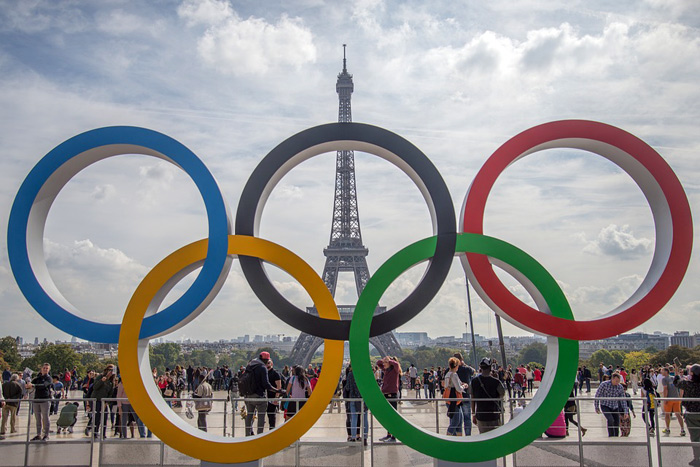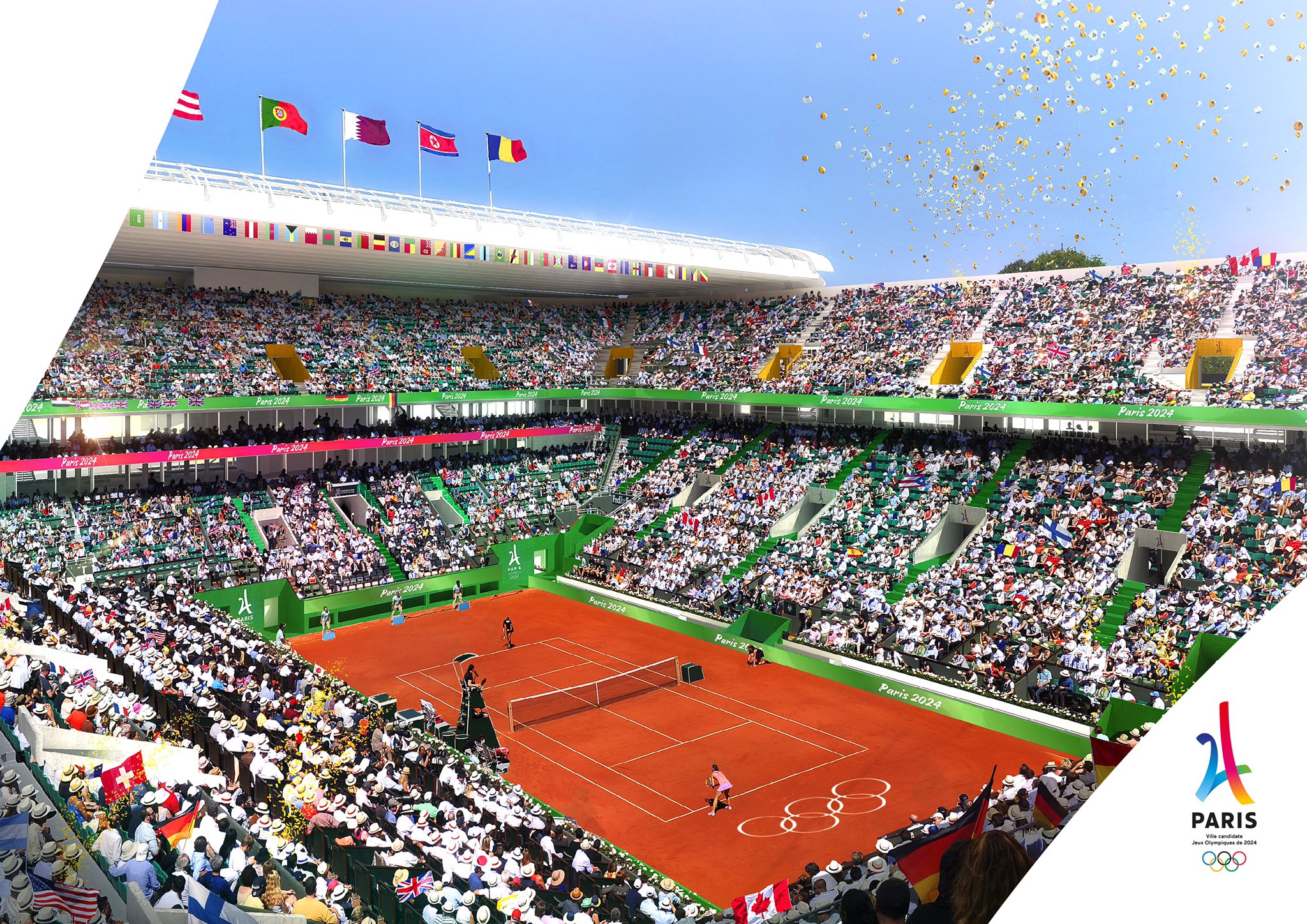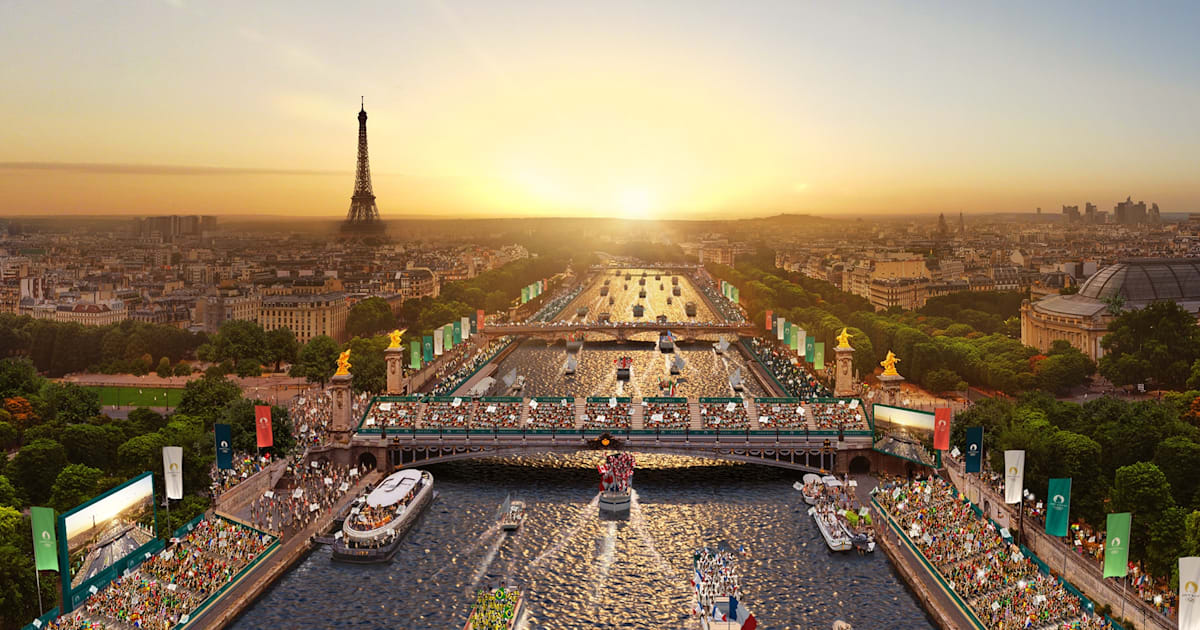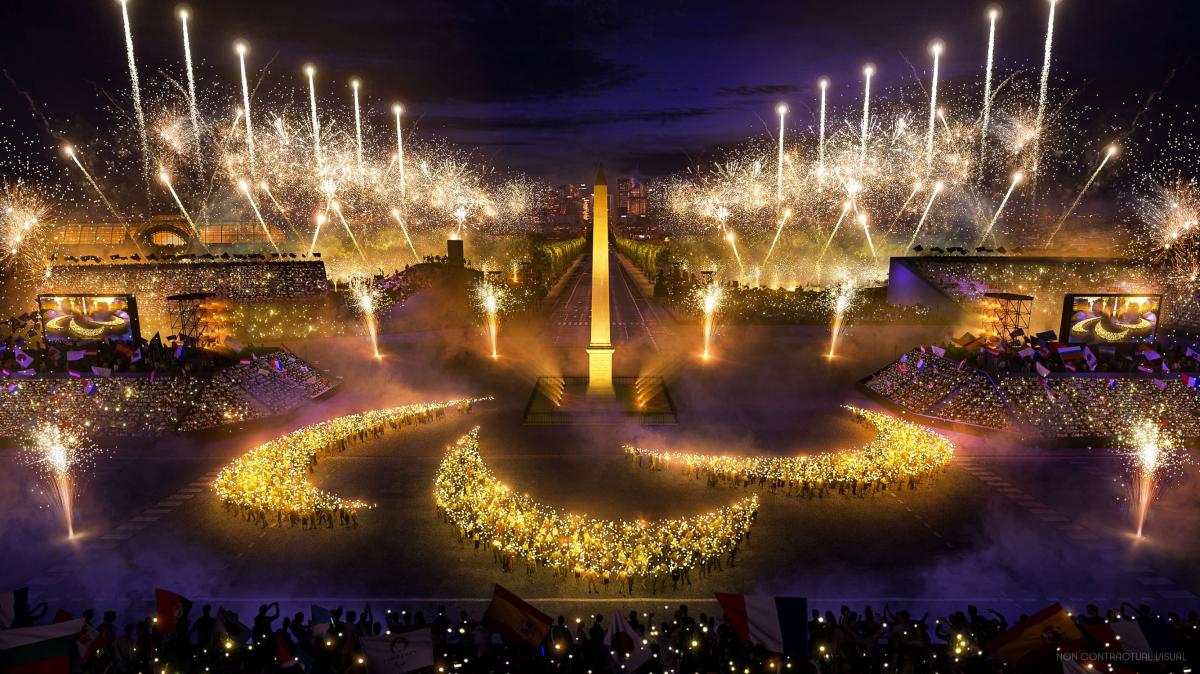
THE SIGHTS
The Eiffel Tower
The Eiffel Tower is an iconic symbol of Paris. It was constructed between 1887 and 1889 for the Exposition Universelle (World's Fair). Designed by Gustave Eiffel and his team, it was initially met with skepticism, the tower's unique lattice structure soared to a height of 324 meters, becoming the tallest man-made structure of its time. Overcoming challenges during its creation, the tower eventually gained widespread admiration and transformed into an enduring symbol of France's artistic and architectural prowess.
Today, it welcomes millions of visitors yearly. Take a look at the map below to navigate there.






